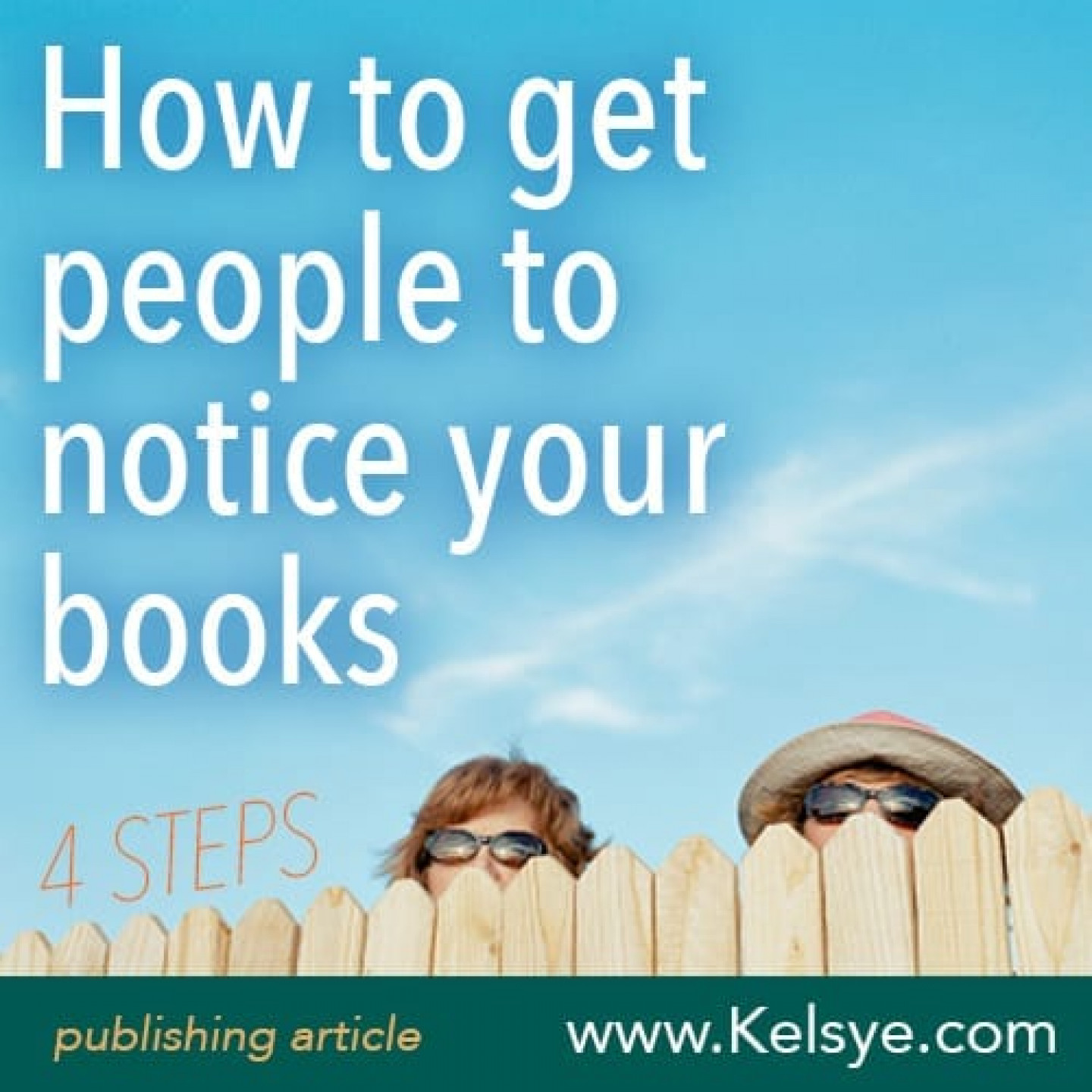Uncertain if you book is ready to be released into the wild? You want to publish your best book possible. It can be challenging to know if your manuscript has any weak areas, or if it's been properly edited.
If doesn't matter whether you intend to self-publish, or send your manuscript off to agents and publishers. Taking the time to work through these stages drastically improves your manuscript and your ability to realize your publishing goals.
While not every book goes through each of these steps (or needs to), each action adds value and refines the final book you will offer up to readers. While it's easy to make big changes in the development stage, these changes become more and more emotionally difficult later on. Here's a quick manuscript editing checklist to help guide you.
Stage one: Development
- Outline plot points.
- Workshop with peers.
- Revise, cut and expand on authorly authority.
- Share with “beta” or “review” readers.
- Revise and rewrite based on input.
Stage two: Editing
- Self-edit for basic grammar and spelling errors.
- Read aloud to catch clarity issues.
- Developmental edit (pro) - Chapter-level. Focuses on story development, character, pacing, etc.
- Copyedit (pro) - Sentence and paragraph level. Focuses on grammar, spelling, punctuation, and other mechanics of style.
- Consistency in tone and style. Clarity.
- Manuscript review (pro) - Review of entire manuscript with notes provided. May focus on content, improvements and marketability.
Stage three: Final Review
- Run spell check and read through out loud once more. (Not, not kidding about spell check!)
- Double check table of contents, chapter titles and section headings.
- Final proofread (pro) - Focus on grammar, spelling and basic formatting.



 Promoting your books does not need to be a painful exercise in narcissistic flailing and squandered efforts. Approached with the correct mindset, it might not only be very effective, but also fun! If you would like to know how to use Twitter without embarrassing yourself or wasting time, here is what you must keep top of mind. It's the biggie...
Promoting your books does not need to be a painful exercise in narcissistic flailing and squandered efforts. Approached with the correct mindset, it might not only be very effective, but also fun! If you would like to know how to use Twitter without embarrassing yourself or wasting time, here is what you must keep top of mind. It's the biggie...
 Authors on social media often struggle in the beginning.
Authors on social media often struggle in the beginning.








